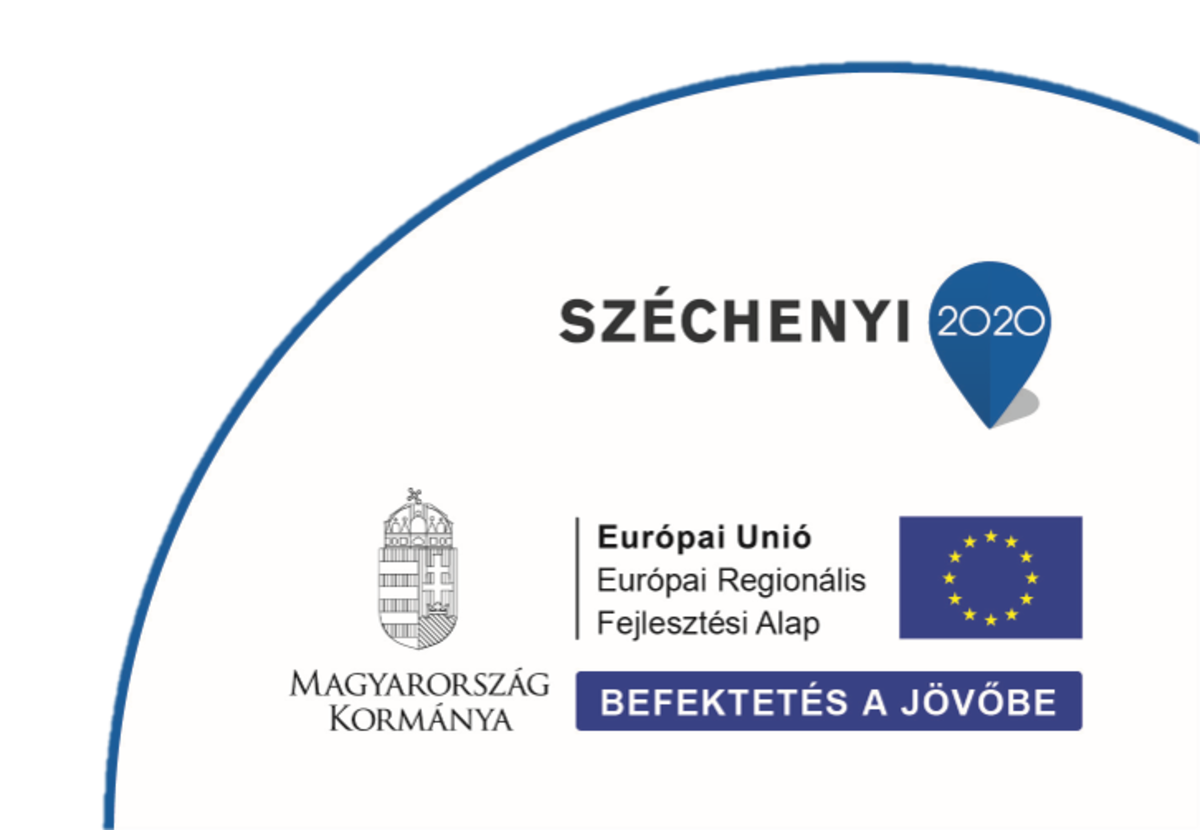Hungarian “brain” is greatly appreciated worldwide.
The backbone of the educational system comprises three levels:
-
Eight years of primary school (or 12 years, when combined with a secondary school)
-
Secondary education (vocational training for 2+2 years, 8 or 6 years of secondary grammar school with a final exam, or secondary vocational school with a final exam and a vocational exam over 4+1-2 years)
-
Hungary has introduced the Bologna System to create a Common European Higher Education Area
Key data on education in academic year 2011/2012
The secondary education structure changed significantly in the last fifteen years. Changes in the demand for education are reflected in changes to the distribution of students by school types. The number and proportion of vocational school students has been declining since the beginning of the 1990s till the previous 4-5 years, whereas secondary schools where a maturity examination has to be taken have become more popular.
In the school year 2011/2012 more than 500 thousand students made their studies in secondary education, 85 % in full time education. About 150 thousands pupil attended vocational schools.
Demand for tertiary education has significantly increased in the 1990s. In order to meet policy objectives of expanding higher education and improving labour market chances for young people, enrolment opportunities have been made broader. In 2011/2012 there were almost 360 thousand students in tertiary education, two-third of which attended full-time courses.
With a new and much debated Act on Public Education entering into force from September 2012 the Govenrment intends to bring the education system more in line with actual market demands.
